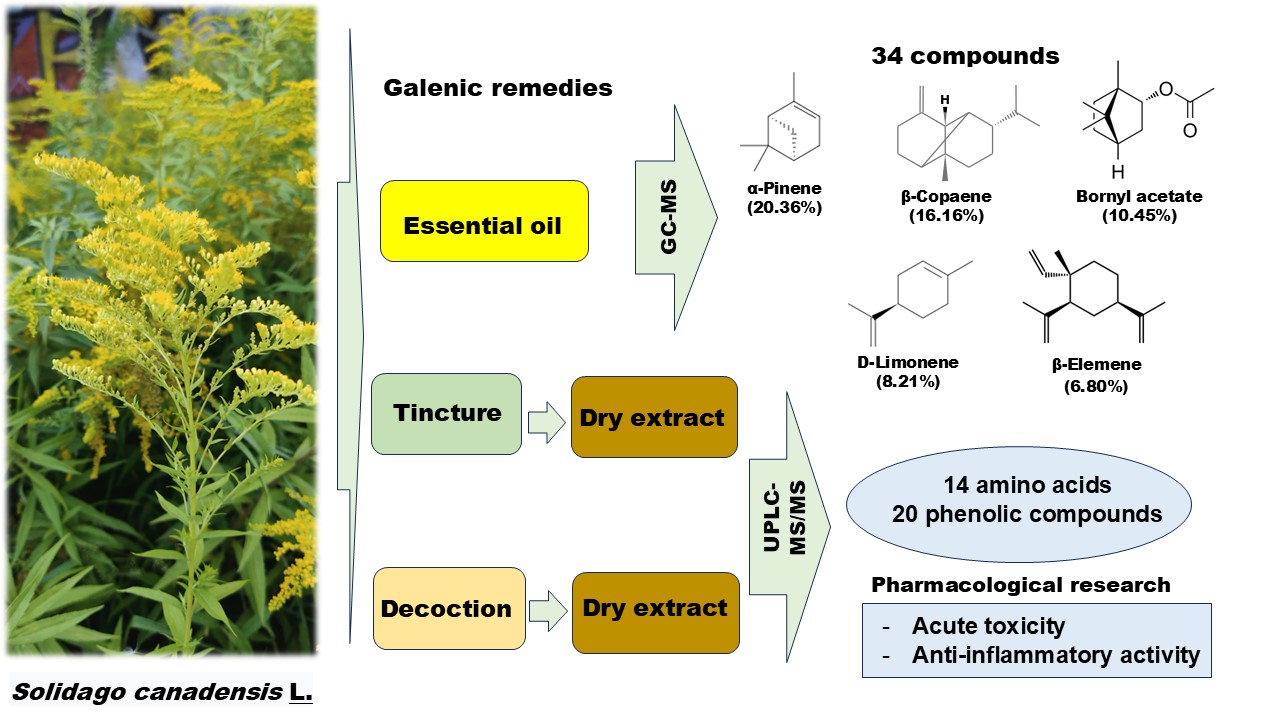 Open Access
Open Access
ARTICLE
Yurii Hrytsyk1, Oleh Koshovyi2,3, Martin Lepiku4, Valdas Jakštas5, Vaidotas Žvikas5, Tetiana Matus1, Mariia Melnyk1, Lyubov Grytsyk1, Ain Raal2,*
1 Department of Pharmaceutical Management, Drug Technology and Pharmacognosy, Ivano-Frankivsk National Medical University, Ivano-Frankivsk, 61002, Ukraine
2 Institute of Pharmacy, Faculty of Medicine, University of Tartu, Tartu, 50411, Estonia
3 Department of Pharmacognosy and Nutriciology, National University of Pharmacy, Kharkiv, 61002, Ukraine
4 Institute of Chemistry, Faculty of Science and Technology, University of Tartu, Tartu, 50411, Estonia
5 Institute of Pharmaceutical Technologies, Lithuanian University of Health Sciences, Kaunas, 44307, Lithuania
* Corresponding Author: Ain Raal. Email:
Phyton-International Journal of Experimental Botany https://doi.org/10.32604/phyton.2024.055117
Received 17 June 2024; Accepted 23 August 2024; Published online 11 September 2024

View
Download
Like
Growth induction of root and tubercle in Caladium bicolor with organic fertilizer
González-Cervantes G, JA Chávez-Simental,...Grain yield, and chemical and protein composition of Lupinus angustifolius varieties grown in Mexico
Lara-Rivera AH, MA Ruiz-Lopez,...